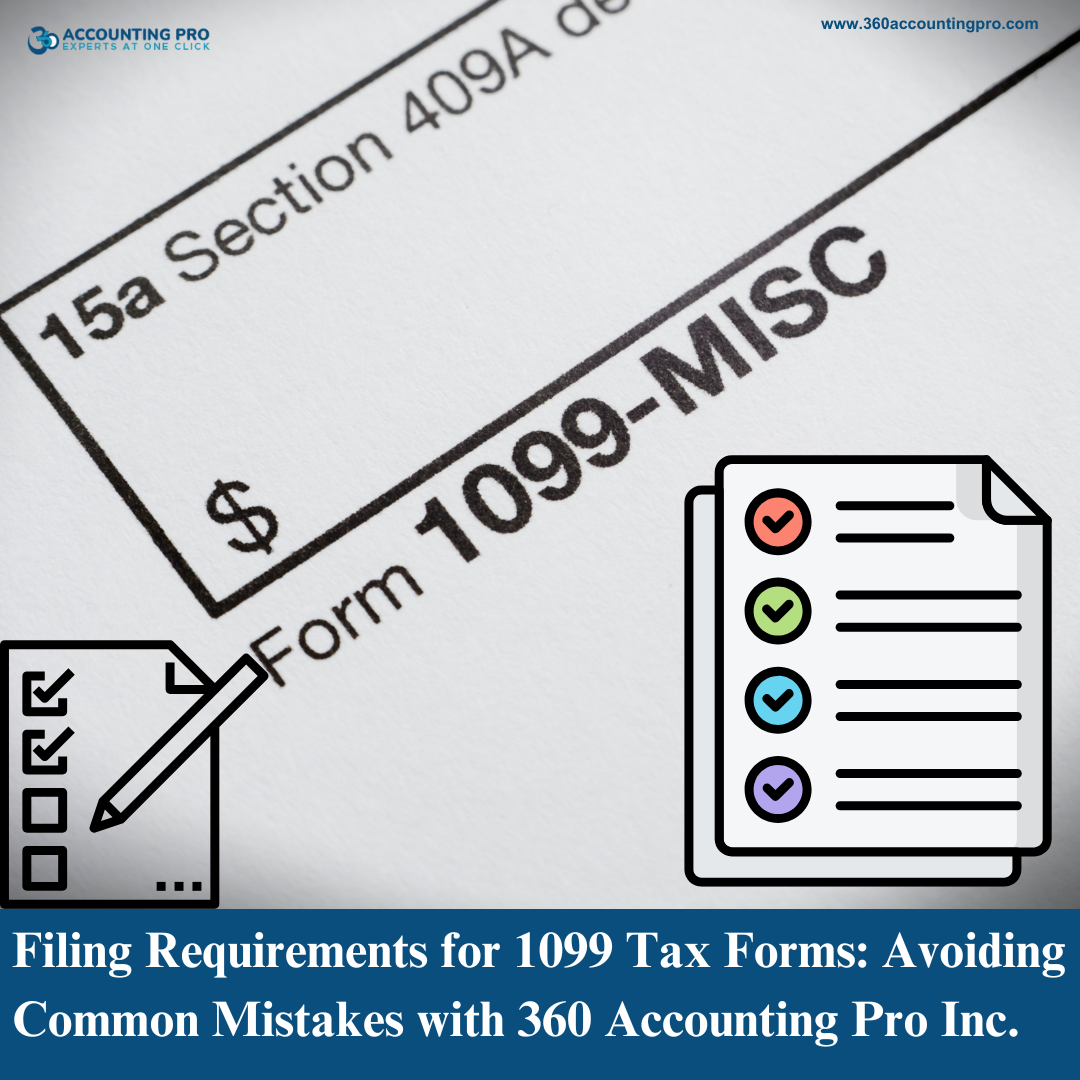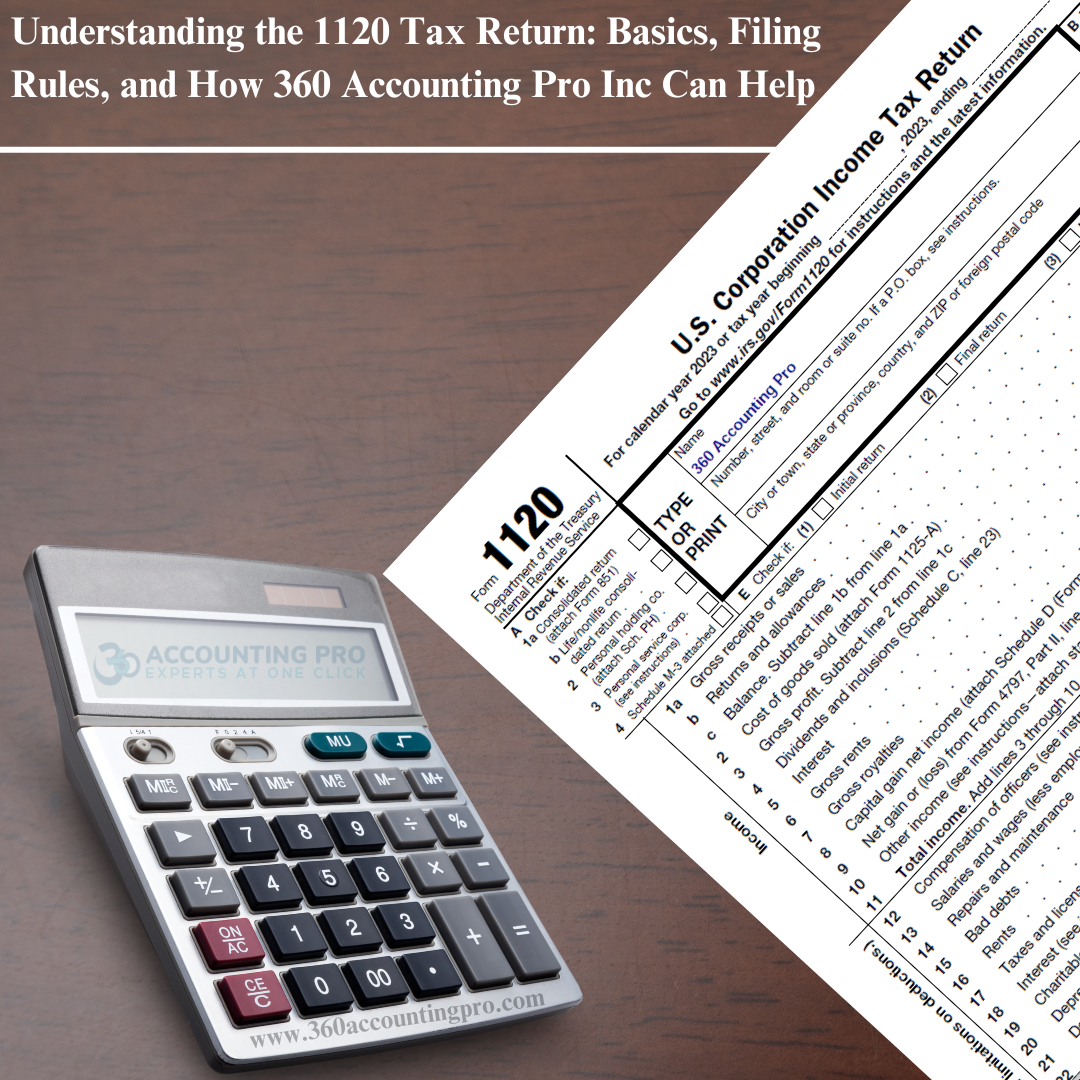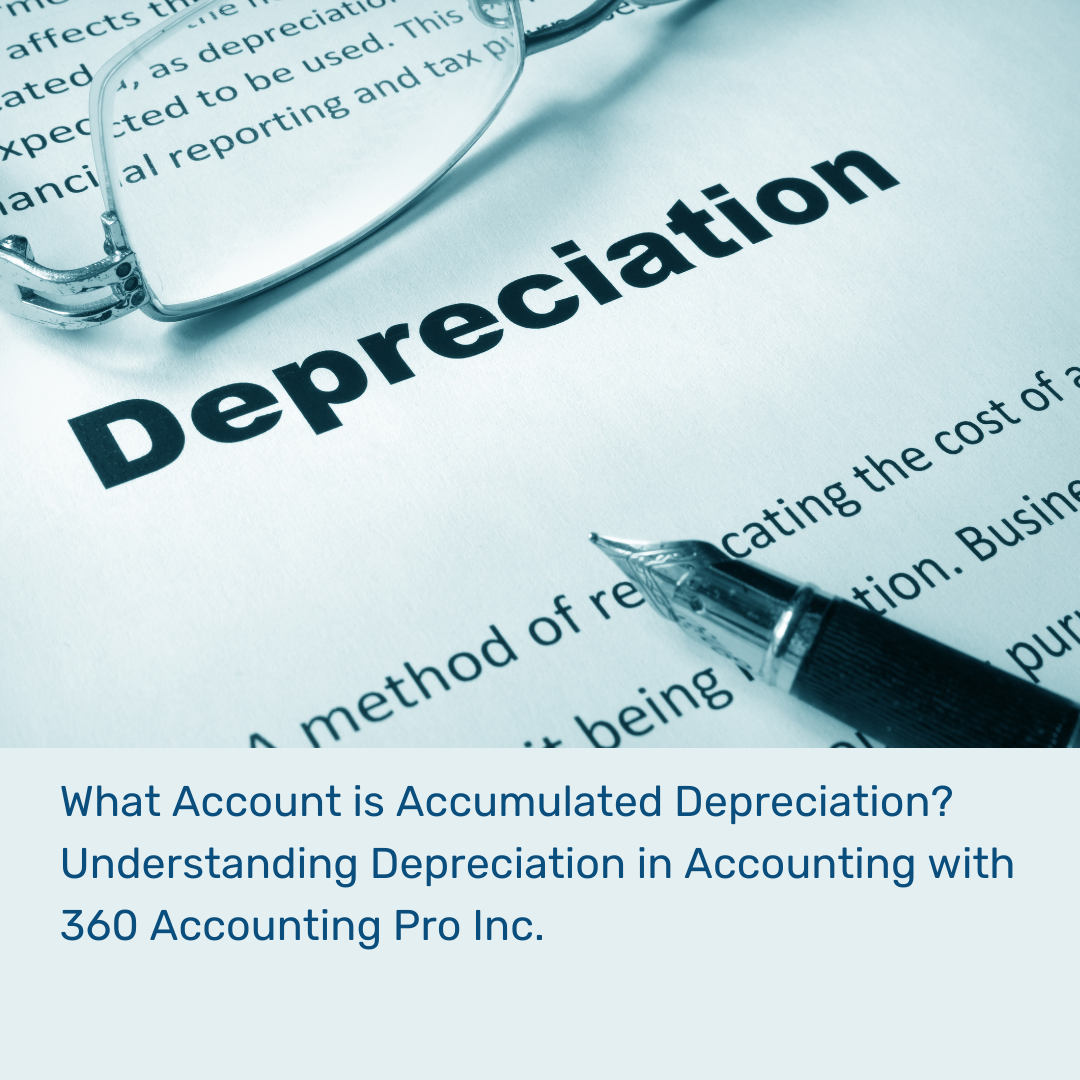
.jpg)
25-05-24
The pay of managing partners is a crucial factor that directly affects the success of any partnership or professional services organization. In addition to providing rewards, well-designed compensation plans also match the interests of managing partners with the overarching objectives of the company. This blog examines several partner compensation management methods and goes over recommended practices to guarantee an equitable, inspiring, and productive remuneration structure.
The Managing Partner's Role
Understanding the function of a managing partner is crucial before delving into pay schemes. A managing partner's duties usually include supervising the company's operations, establishing the firm's strategic direction, maintaining client connections, and frequently taking a lead in business development. They serve as a liaison between the company's partners and its operational staff, guaranteeing the smooth and effective operation of the business while preserving profitability and expansion.
Models of Compensation
There are various models available for paying managing partners, and each has potential benefits as well as cons. These are a few of the most widely used models:
1. Equitable Partnership Framework
Every partner, including the managing partner, gets an equal portion of the company's profits under the equal partnership model. This concept encourages couples to feel equal and supportive of one another.
Benefits
easy to manage fosters harmony and cooperation.
Cons:
The varying degrees of work and responsibility might not be reflected.
might cause unhappiness if certain partners believe they contribute more than others.
2. The Lockstep Model
In law firms, the lockstep model is a typical arrangement wherein partners' pay rises in accordance with their seniority and length of service.
Benefits
promotes sustained retention and allegiance.
lessens rivalry within a partnership.
Cons:
Might not honor contributions and performance on an individual basis.
Often rigid and sluggish to adjust to changes in the market.
3. Model Based on Performance
The pay of managing partners in a performance-based model is directly correlated with performance indicators like billable hours, client acquisition, or revenue production.
Benefits
immediately synchronizes pay with output.
encourages managing partners to fulfill particular objectives.
Cons:
can promote rivalry over cooperation.
can promote short-term thinking above long-term development.
4. Model Based on Formulas
The formula-based model calculates pay using a preset formula that usually takes into account elements like seniority, individual performance, and business profitability.
Benefits
open and impartial.
weighs a variety of elements to decide on pay.
Cons:
complexity of formula establishment and upkeep.
Qualitative contributions could not be properly taken into consideration.
5. Mixture Model
The hybrid model gives flexibility to customize compensation to the unique needs and circumstances of the firm by combining aspects from many models.
Benefits
Adaptable to the particular needs of the company.
able to strike a balance between incentive, fairness, and strategic alignment.
Cons:
more difficult to manage.
calls for frequent evaluation and modification.
The Best Methods for Handling Partner Remuneration
Selecting the appropriate model is not the only step in developing a successful compensation plan for managing partners. The following best practices can help make sure the system is equitable, inspiring, and in line with the objectives of the company:
1. Establish Specific Goals
Prior to putting any pay plan into effect, businesses need to be very clear about their goals. These could be praising achievement, fostering enduring loyalty, fostering teamwork, or coordinating personal objectives with the company's strategic vision. The compensation system's design and implementation are guided by well-defined objectives.
2. Maintain Openness
Trust is strengthened between partners when the compensation procedure is transparent. Make it clear to all parties involved how performance is assessed, what metrics are used, and how remuneration is decided. This transparency promotes a culture of justice and helps avoid misunderstandings.
3. Consistent Evaluation and Modification
Since the business climate is ever-changing, so too should the forms of pay. Review and modify the compensation plan on a regular basis to make sure it stays applicable and efficient. This could entail modifying the formula, fine-tuning performance measurements, or reassessing the relative importance of various components.
4. Use Measures That Are Both Quantitative and Qualitative
Qualitative elements like team building, customer happiness, and leadership are just as vital as quantitative ones like revenue and billable hours. An evaluation of a managing partner's contributions that is more thorough is possible when a balanced strategy combining both kinds of measurements is used.
5. Comply with Company Culture and Values
The principles and culture of the company should be reflected in the pay plan. Individual performance should not be the only thing that the model rewards if the company promotes cooperation and teamwork. In a similar vein, incentives for innovation and growth ought to be included in compensation if they are important.
6. Encourage a Long-Term View
Although measurements for evaluating performance in the short term are crucial, a sound compensation plan should also promote sustainability and long-term thinking. Deferred remuneration, stock stakes, or performance bonuses linked to long-term objectives can all help achieve this.
7. Offer Non-Creditable Incentives
There is more to compensation than just money. Managing partners are greatly motivated by non-cash benefits including work-life balance, professional development chances, and recognition. These benefits can enhance overall job satisfaction and serve as a supplement to the monetary components of remuneration.
Case Studies
Case Study 1: A Lockstep Model Law Firm
A lockstep model was used by a mid-sized legal company, where partners' pay rose in proportion to their length of service. Although this model promoted loyalty and lessened rivalry, high-achieving younger partners felt their contributions were underappreciated, which caused them to become dissatisfied. In order to solve this, the company combined the lockstep model with a performance-based bonus structure that balanced seniority and output.
Case Study 2: A Performance-Based Model Consulting Firm
A consulting firm implemented a performance-based model wherein the remuneration of managing partners was contingent upon the acquisition of clients and the creation of revenue. This strategy inspired partners to work hard and produced notable growth. But it also weakened teamwork and fostered fierce competition. In order to promote a more balanced atmosphere, the company modified its model to incorporate team performance indicators and collaborative goals.
Conclusion
A complicated but essential component of every partnership or professional services company is managing partner compensation. A well-designed pay plan ensures fairness and transparency while motivating managing partners to achieve the firm's objectives. Businesses can design an efficient compensation plan that promotes success and expansion by setting clear goals, maintaining transparency, utilizing both quantitative and qualitative data, and encouraging a long-term outlook. real estate Firms may successfully negotiate the complexities of partner compensation and create a driven, unified, and productive leadership team by carefully planning and conducting frequent reviews.
Tags : Bookkkeping for E-commerce ,Bookkkeping for real state ,Bookkkeping for law firms,payroll services for E-commerce ,payroll services for real state ,payroll services for law firms,Sales Tax for E-commerce,Sales Tax for real state ,Sales Tax for law firms













































.jpg)
.jpg)
.jpg)
.jpg)


).jpg)














 Get A Quote
Get A Quote
Leave A Comment